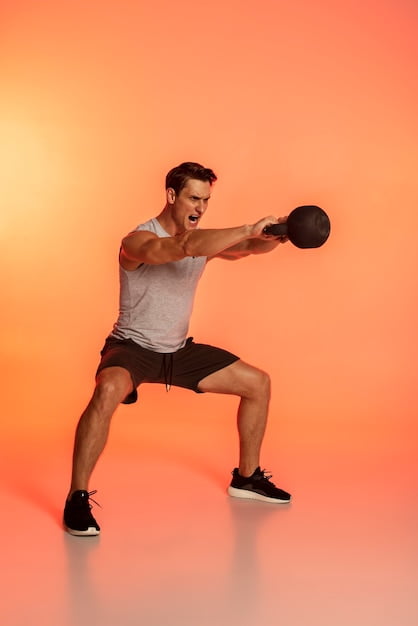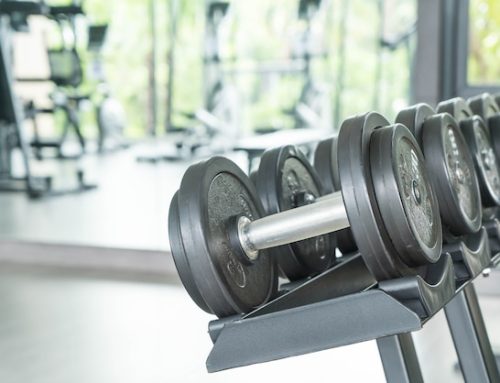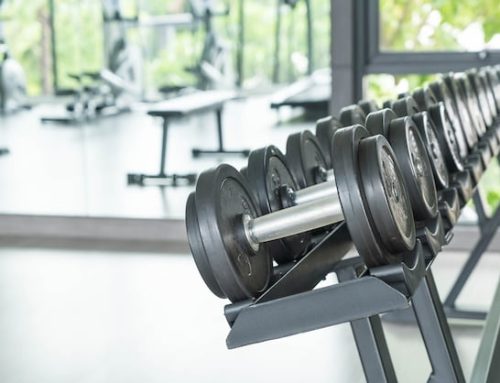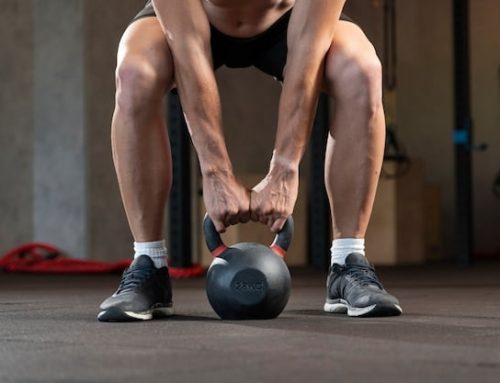Introduction
When it comes to weightlifting, there are many debates surrounding the best approach for building muscle and strength. One of the most common debates is whether it’s better to lift heavy weights with fewer reps or lighter weights with more reps. Both methods have their benefits and drawbacks, and the answer ultimately depends on your goals and personal preferences.
The Case for Lifting Heavy
Lifting heavy weights with fewer reps is often associated with strength training. This approach involves lifting weights that are close to your one-rep max and performing sets of 1-5 reps. The goal is to increase the amount of weight you can lift over time, which leads to greater gains in strength.
One of the main benefits of lifting heavy weights is that it activates more muscle fibers. When you lift a heavier weight, your body recruits more muscle fibers to help lift the weight. This leads to greater muscle activation and can help you build more muscle over time. Additionally, lifting heavy weights can help you break through plateaus and overcome strength plateaus.
The Case for More Reps
On the other hand, lifting lighter weights with more reps is often associated with hypertrophy training, which focuses on building muscle mass. This approach involves lifting weights that are around 60-80% of your one-rep max and performing sets of 8-12 reps. The goal is to fatigue the muscles and create metabolic stress, which can lead to greater gains in muscle mass.
One of the main benefits of lifting lighter weights with more reps is that it can lead to greater hypertrophy. The added volume from the additional reps can help to create a greater stimulus for muscle growth. Additionally, lifting lighter weights can be easier on your joints and reduce your risk of injury.
Which Approach is Best?
The answer to this question depends on your goals and personal preferences. If your goal is to build strength, then lifting heavy weights with fewer reps is likely the best approach. On the other hand, if your goal is to build muscle mass, then lifting lighter weights with more reps is likely the best approach.
It’s worth noting that both approaches can lead to gains in both strength and muscle mass to some degree. Additionally, using both approaches in your training can help to create a well-rounded approach to building muscle and strength.
Factors to Consider
When deciding which approach to take, there are a few factors to consider. Firstly, your experience level matters. If you’re a beginner, then starting with lighter weights and more reps is a good idea to focus on form and technique. If you’re more advanced, then you may benefit from lifting heavier weights and focusing on increasing your strength.
Additionally, your individual goals and preferences should be considered. If you enjoy lifting heavy weights and want to focus on building strength, then that should be your primary focus. However, if you prefer training with lighter weights and want to focus on building muscle mass, then that should be your priority.
Example Workouts
Here are two example workouts, one for lifting heavy weights with fewer reps and one for lifting lighter weights with more reps:
| Lifting Heavy | Lifting Lighter |
|---|---|
| Deadlift: 3×3 | Bench Press: 3×10 |
| Squat: 3×5 | Overhead Press: 3×12 |
| Bench Press: 3×3 | Barbell Row: 3×12 |
| Chin-ups: 3×5 | Lateral Raises: 3×15 |
Final Thoughts
In the end, the best approach to weightlifting depends on your goals and preferences. Both lifting heavy weights with fewer reps and lifting lighter weights with more reps can lead to gains in both strength and muscle mass. Experimenting with both approaches and finding what works best for you is key to achieving your fitness goals.






